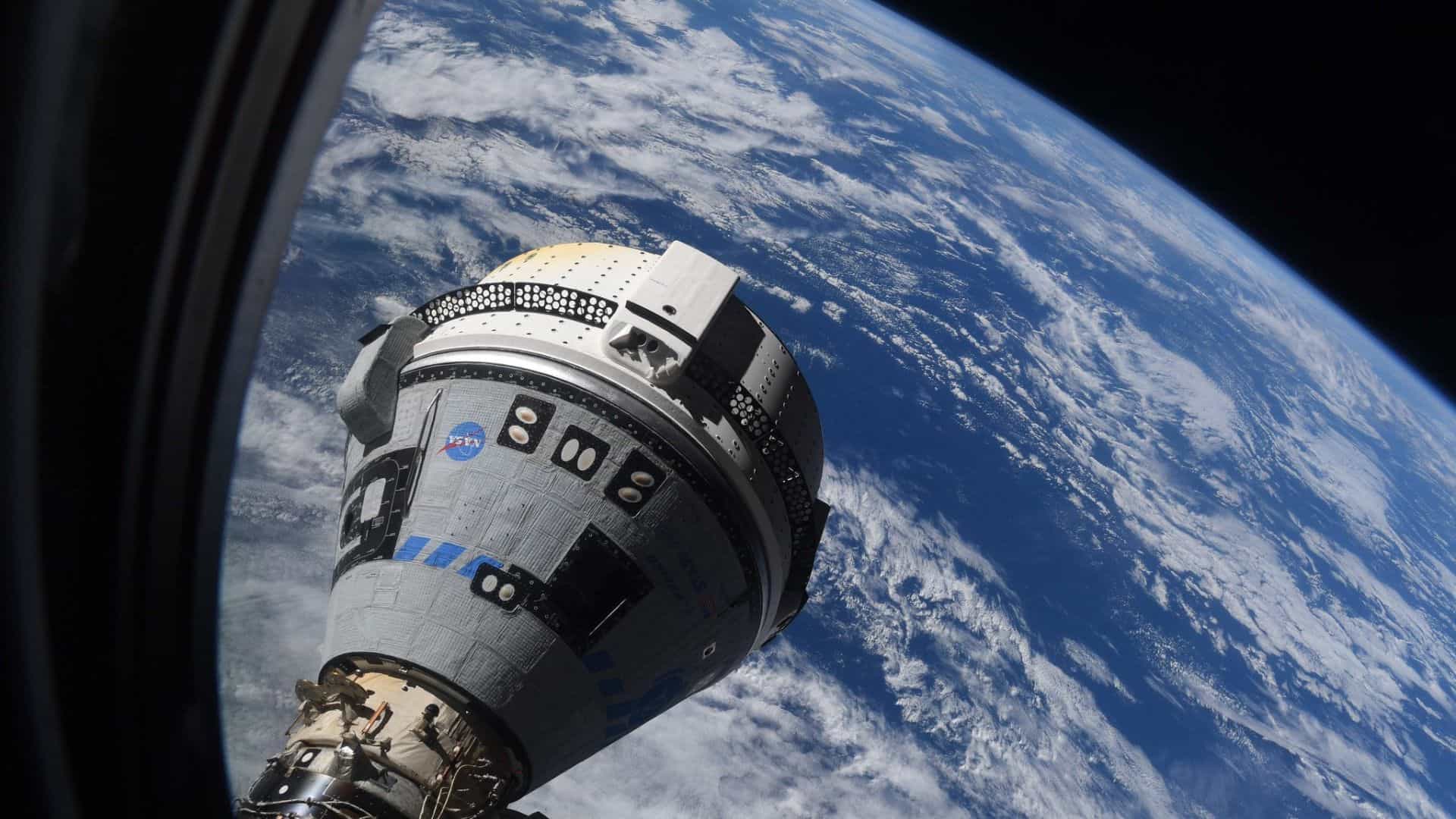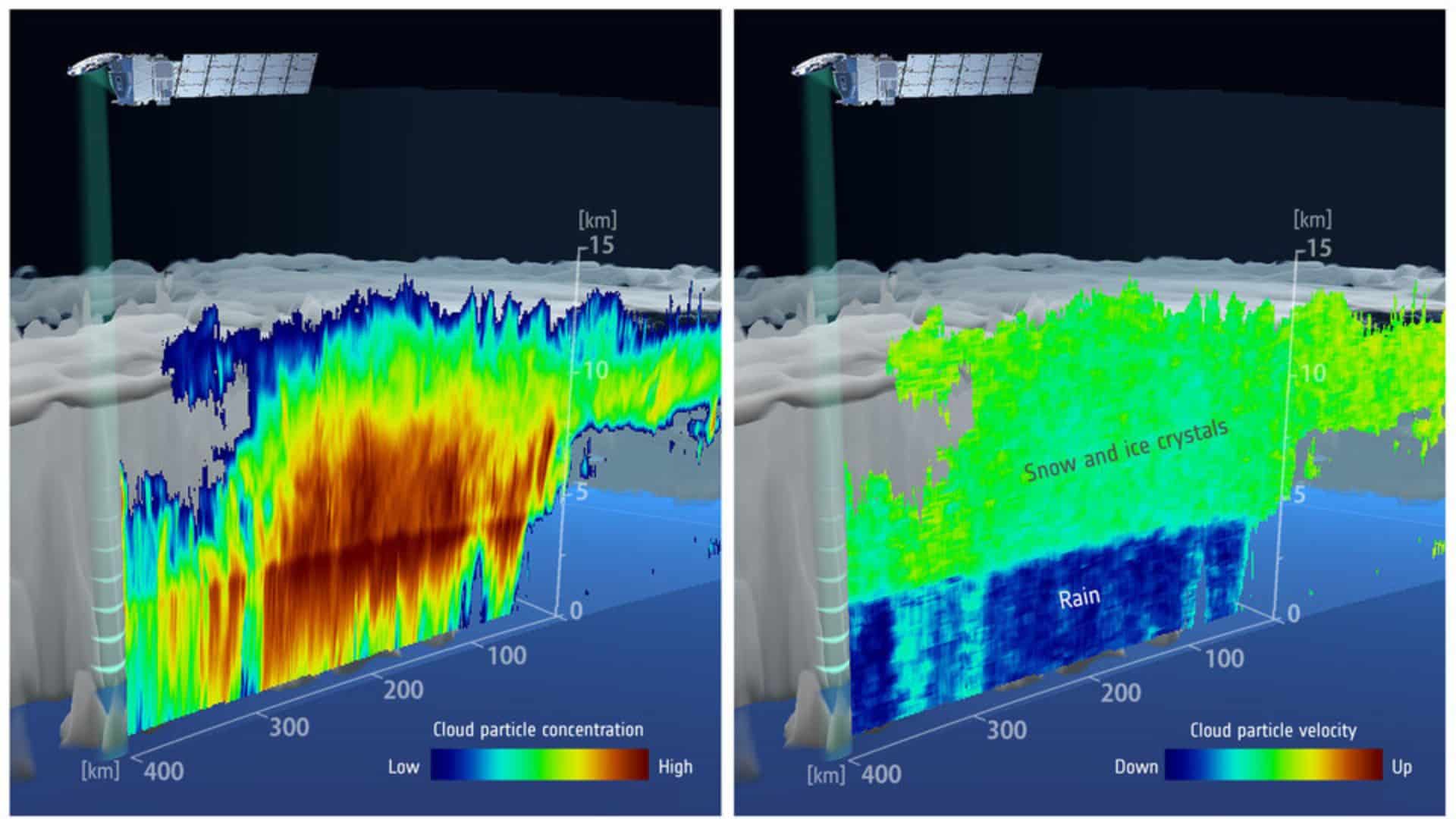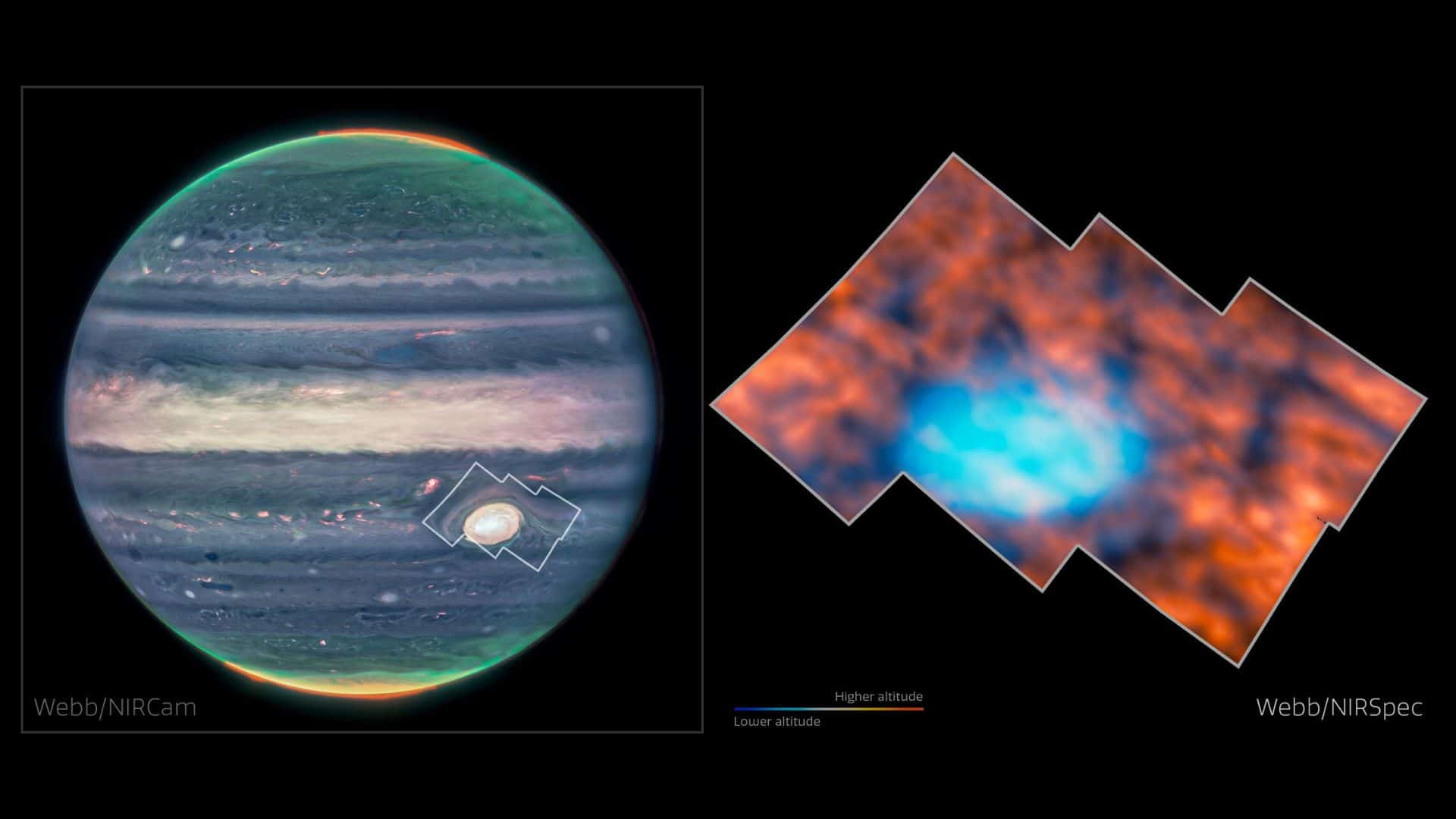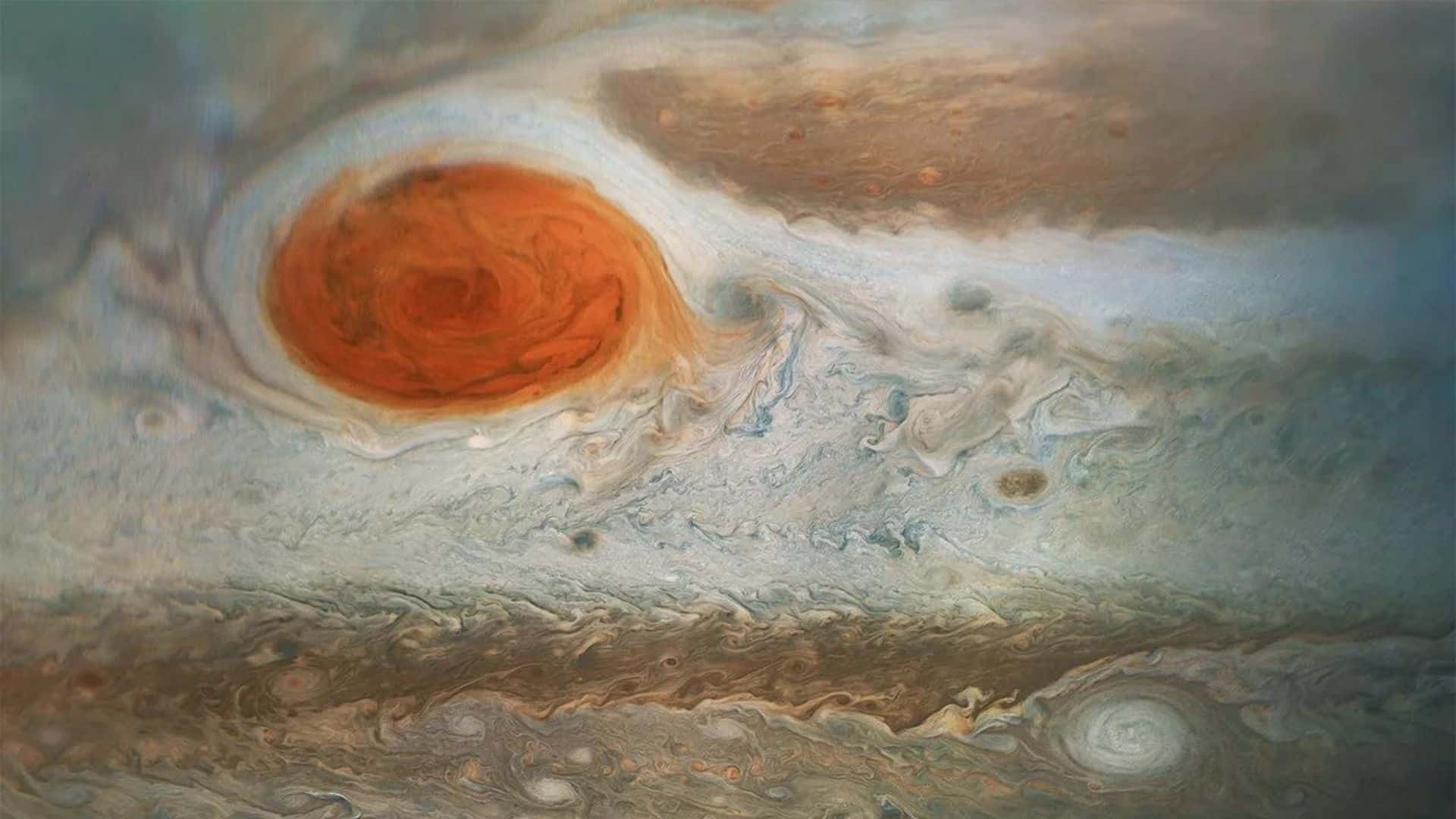
The iconic Great Red Spot (GRS), an earth-sized storm on Jupiter, is only 190 years old, a scientific paper published in Geophysical Research Letters says.
The scientific paper also says it is not the same dark spot that the famous astronomer Cassini discovered in 1665 and named the ‘Permanent Spot’.
Giovanni Domenico Cassini and other astronomers observed Jupiter’s Permanent Spot until 1713, when they lost track of it.
There was no sign of the Permanent Spot on Jupiter between 1713 and 1831, a long period of ∼118 years.
Astronomers again observed a clear, oval structure at the same latitude of the Permanent Spot in 1831, which is named the Great Red Spot (GRS) of Jupiter.
Whether today’s Great Red Spot and the permanent spot that astronomers saw in the 1600s are the same has long been debated.
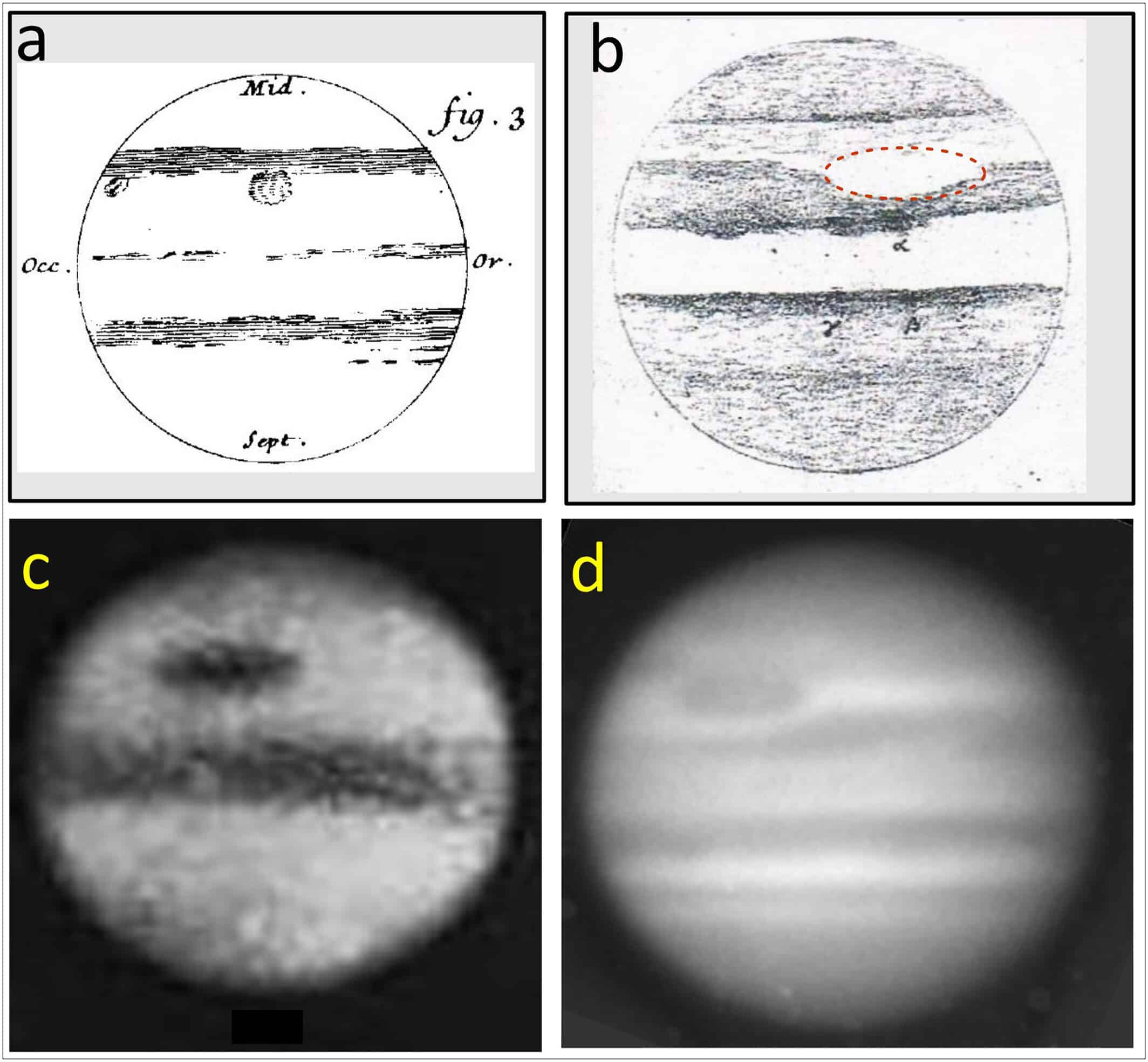
The lead author of the scientific paper, Agustín Sánchez-Lavega, a planetary scientist at the University of the Basque Country in Bilbao, Spain, said in a statement:
“From the measurements of sizes and movements, we deduced that it is highly unlikely that the current Great Red Spot was the ‘Permanent Spot’ observed by Cassini.”
“The ‘Permanent Spot’ probably disappeared sometime between the mid-18th and 19th centuries, in which case we can now say that the longevity of the Red Spot exceeds 190 years,” he added.
Cassini’s ‘Permanent Spot’ was more rounded and smaller compared to the current Great Red Spot (GRS), though the Permanent Spot was located at the same latitude as the Great Red Spot.
Now, Jupiter’s iconic Great Red Spot (GRS) has been shrinking over time.
The diameter of the Great Red Spot was 39,000 kilometers (about 24,200 miles) in 1879, and currently it is 14,000 kilometers (8,700 miles), roughly equal to the diameter of our Earth.
However, astronomers do not know the ultimate fate of Jupiter’s Great Red Spot.
They predicts that either it will disintegrate and disappear when it reaches a size limit, as might have occurred to Cassini’s Permanent Spot, or it will stabilize at a size limit at which it may last for many more years.
A scientific paper has been published on the above findings in the Geophysical Research Letters on June 16, 2024. This is:
The Origin of Jupiter’s Great Red Spot
Please follow us on Facebook and Twitter to get latest space news, upcoming skywatching events and astronomy-related content.
